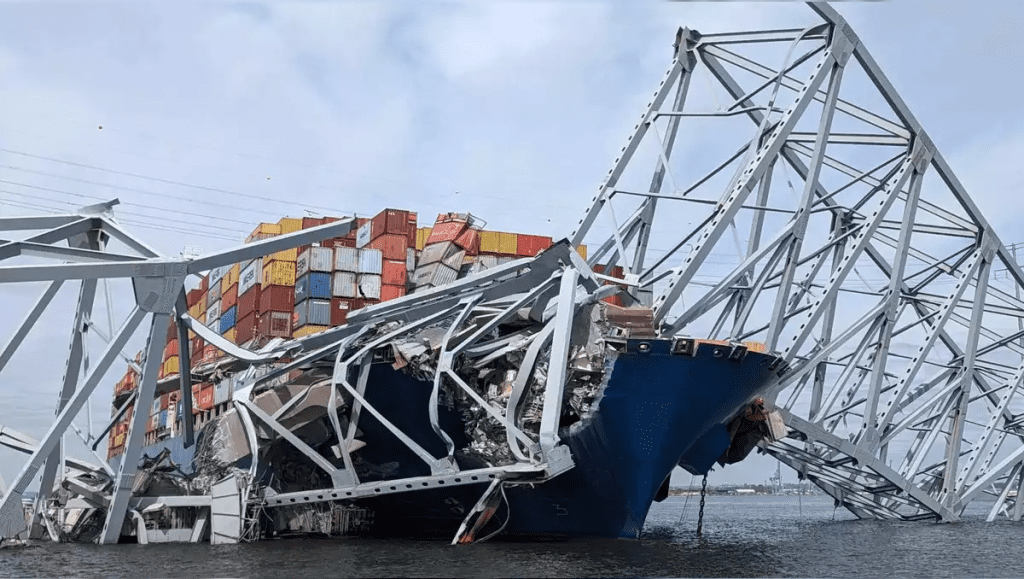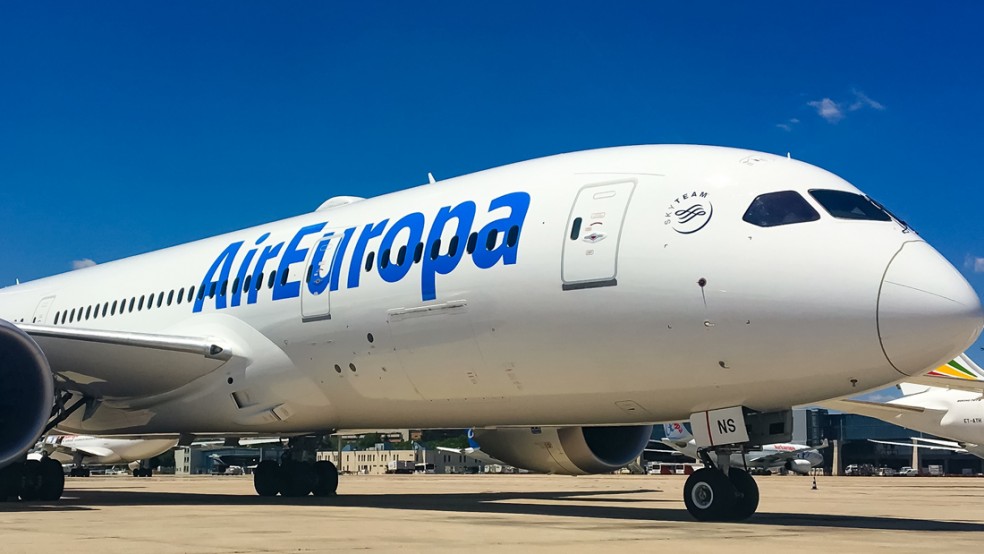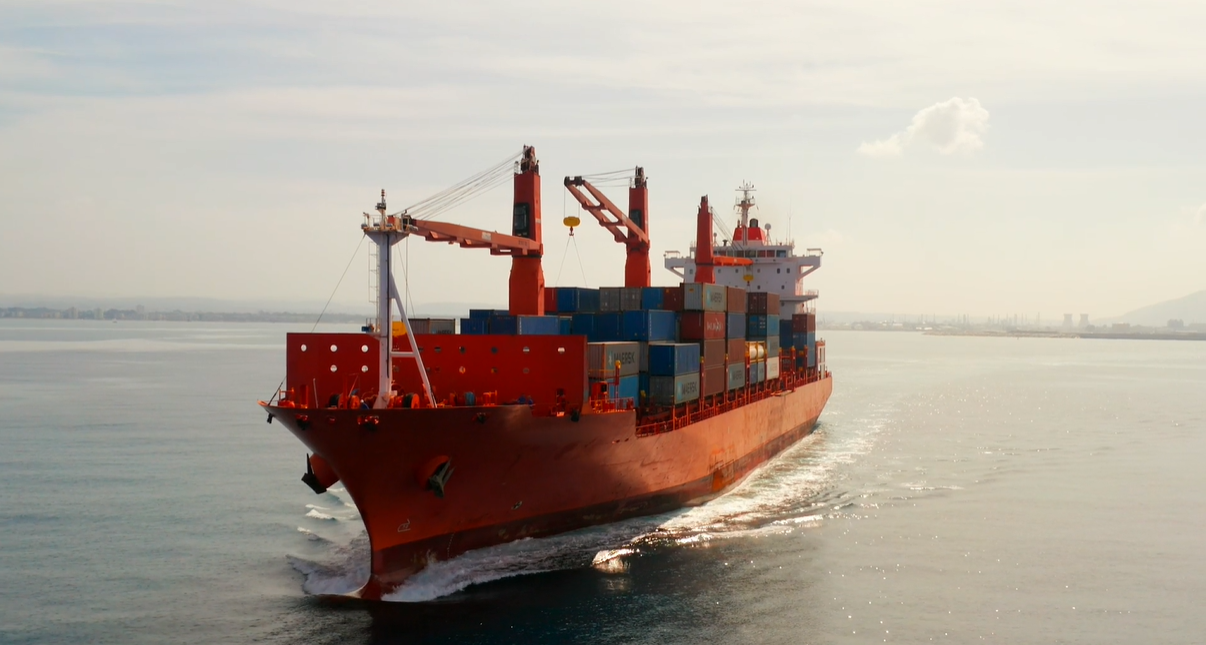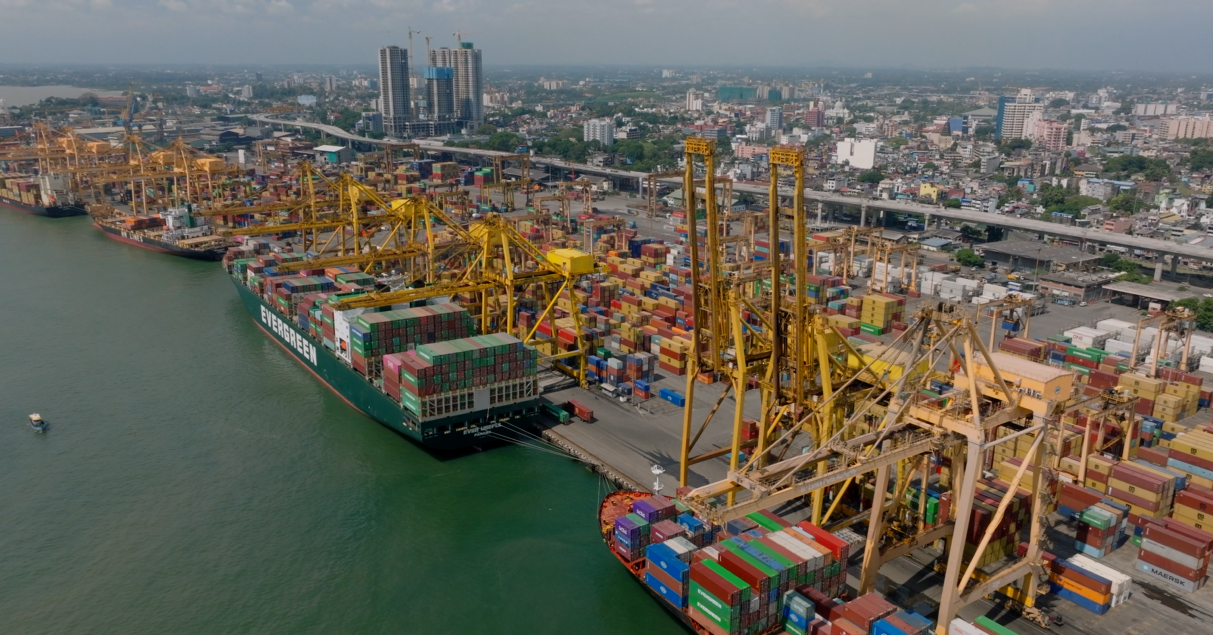FREIGHT FORWARDING, CUSTOM BROKERS
Panama Canal Averts Crisis Through Water Strategy
The Panama Canal recently avoided a potential shipping crisis through strategic water management and favorable weather conditions. Initially, the Panama Canal Authority (PCA) reduced daily vessel transits to 22 due to severe drought, causing significant delays and costs for shippers. However, improved rainfall allowed the PCA to increase the daily transit limit to 34 vessels by late July, approaching the pre-drought capacity of 38 vessels.
June 17th, 2024
|
3 Minute Read
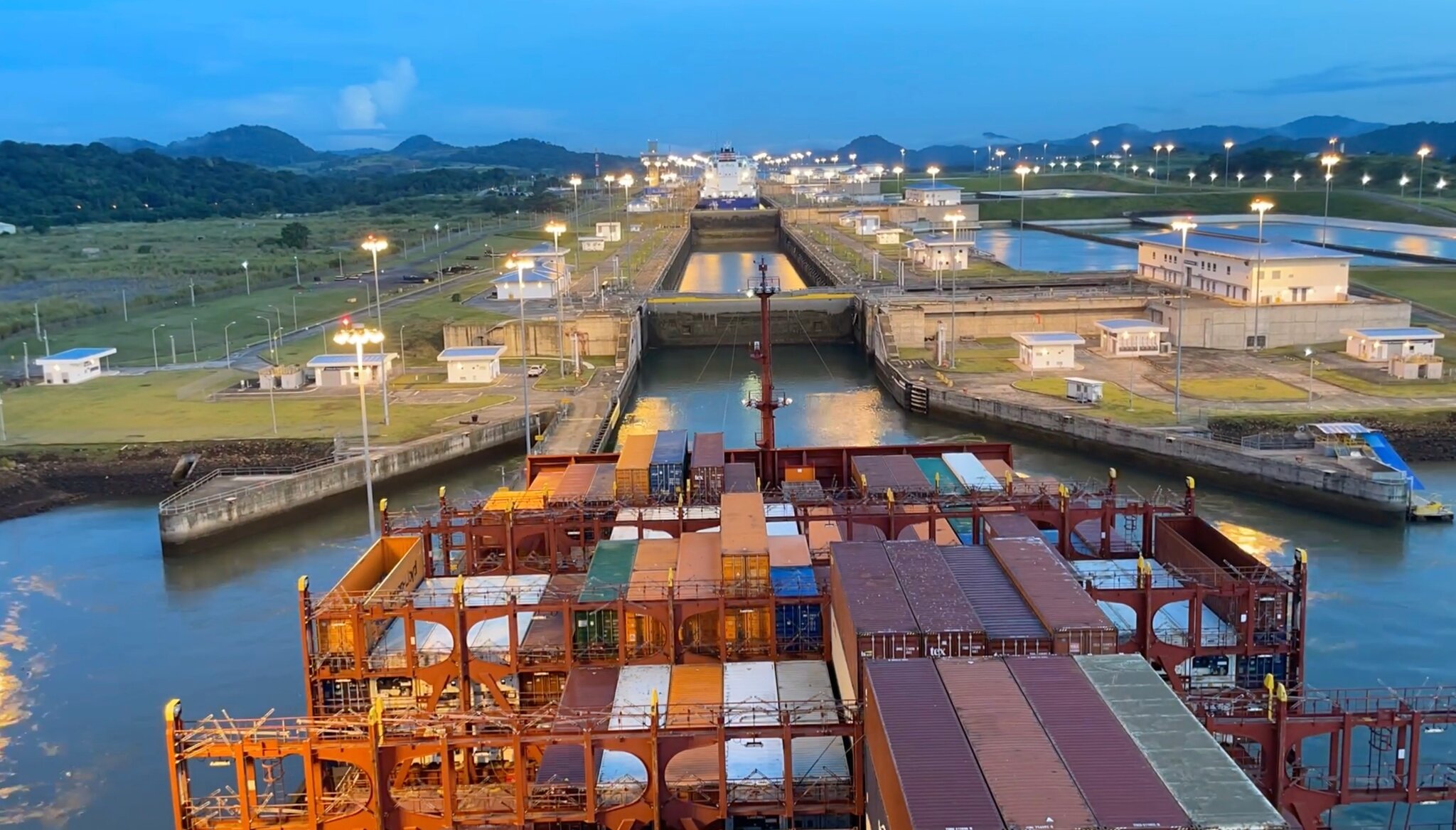
The New York Times (Image Source)
Key Strategies and Impacts
Water-Saving Techniques:
- The Panama Canal averts crisis through innovative water-saving techniques. Among these, cross-filling stands out; it involves reusing water in locks to conserve resources, significantly reducing water consumption per transit. This approach proved crucial during periods of drought, ensuring sustained operations.
Additional Measures: Other measures, such as minimizing water leakage and optimizing lock operations, further contributed to efficient water usage, ensuring the canal’s operations continued despite limited water availability.
Rainfall and Weather Patterns:
- Recent weather patterns, including a wetter-than-expected dry season and the dissipation of El Niño, contributed to increased water levels. This favorable shift alleviated pressure on transit capacity, allowing the canal to resume normal operations swiftly
Future Weather Predictions: The onset of La Niña, known for bringing increased rainfall, is expected to maintain higher water levels, providing a more stable water supply for the canal.
Global Trade Implications:
- Handling approximately 3% of global maritime trade, the Panama Canal’s role in facilitating international commerce is pivotal. Recent improvements in operational efficiency, driven by eased restrictions, have reduced delays significantly. This development benefits industries such as fruit export and LNG shipping, supporting global supply chains and cost efficiencies.
Economic Impact: Timely transit through the canal is crucial for many industries. The restoration of higher transit capacities ensures that goods reach markets faster, stabilizing prices and supply.
Industry Insights:
- Expert Opinions: Jorge Luis Quijano, a consultant and former head of the PCA, emphasized the role of La Niña in bringing increased rainfall. Steve Paton from the Smithsonian Tropical Research Institute highlighted the importance of rainfall and transit volume for future canal operations.
Adaptation Strategies: Industry experts stress the need for continued adaptation strategies, including advanced weather forecasting and flexible operational plans, to maintain canal efficiency under varying climatic conditions.
Long-Term Solutions
Infrastructure Projects:
- Technological Innovations: Implementing new technologies, such as automated water management systems and advanced monitoring tools, can enhance the canal’s ability to respond to changing water levels promptly.
- Reservoir Construction: The PCA is exploring long-term projects to increase water supply, such as building additional reservoirs. These initiatives aim to ensure the canal’s resilience against future climatic challenges by creating a more robust water management infrastructure.
Government Support:
- Policy Initiatives: The incoming government, led by President-elect Jose Raul Mulino, has prioritized addressing the canal’s water issues. Proposals include potentially expanding the canal’s property limits or removing restrictions to build new reservoirs.
Collaboration: Increased collaboration between the PCA and government bodies is expected to streamline the implementation of water management projects, ensuring sustainable canal operations.
Benefits of Freight Forwarding Services
Freight forwarders stand to benefit significantly from the improved conditions in the Panama Canal. With strategic water management and infrastructure projects underway, the canal’s reliability and efficiency are expected to improve, reducing delays and associated costs. This development is crucial for industries reliant on timely shipping, such as fresh produce and LNG.
Cost Efficiency: Reduced delays translate into lower shipping costs and fewer disruptions in the supply chain, allowing freight forwarders to offer more reliable services.
Predictability: Enhanced water management ensures more predictable transit times, facilitating better planning and coordination for shippers.
Looking Forward
The PCA remains committed to ensuring the canal’s resilience and operational efficiency. By proactively managing water resources and adapting to changing weather patterns, the Panama Canal continues to play a vital role in global trade. This underscores the importance of resilience and innovation in the face of environmental challenges.
Future Developments: Ongoing research and development into new water conservation methods and infrastructure improvements will further bolster the canal’s capacity to handle future climatic variations.
Sustainability Initiatives: Emphasizing sustainability, the PCA aims to integrate eco-friendly practices into its operations, contributing to global efforts to combat climate change.
For freight forwarders and shippers, staying informed about these developments is essential for optimizing logistics and routing decisions, ensuring smoother and more cost-effective shipping operations.
By implementing effective water management strategies and preparing for future climatic conditions, the Panama Canal continues to uphold its critical role in global trade, benefiting freight forwarders and the broader shipping industry.

SUBSCRIBE TO OUR NEWSLETTER!
Read Next
-
Industry Trends: Q2 Insights for LTL Carriers
Less-than-truckload (LTL) carriers are handling more retail freight due to…
-
Air Europa Cargo Partners with Cargo.one for Enhanced Digital Booking
Air Europa Cargo and cargo.one have launched a global partnership…
-
The Role of Electric Vehicles in Modern Logistics
Electric vehicles (EVs) are revolutionizing the logistics industry. Professionals in…
-
Are You Making These Common Freight Forwarding Mistakes?
In the fast-paced world of freight forwarding, efficiency and accuracy…
-
Supreme Court Empowers Carriers: New Regulatory Realities
On June 28, 2024, the U.S. Supreme Court delivered a…
-
Maritime Shipping Still Struggles: Ocean Rates Soar
Ocean spot rates for shipping forty-foot equivalent containers from China…
-
A Comprehensive Guide to Freight Accounting
Effective freight management is crucial for ensuring that businesses can…
-
Rising Container Shipping Rates: US Demand & Red Sea Issues
The global shipping industry is grappling with soaring container rates…
JOIN OUR MAIL LIST FOR EXCLUSIVE ACCESS TO
LATEST NEWS, TIPS, AND RESOURCES
Your privacy matters! Suntek only uses this info to send content and updates. You may unsubscribe anytime. View our privacy policy for more.
